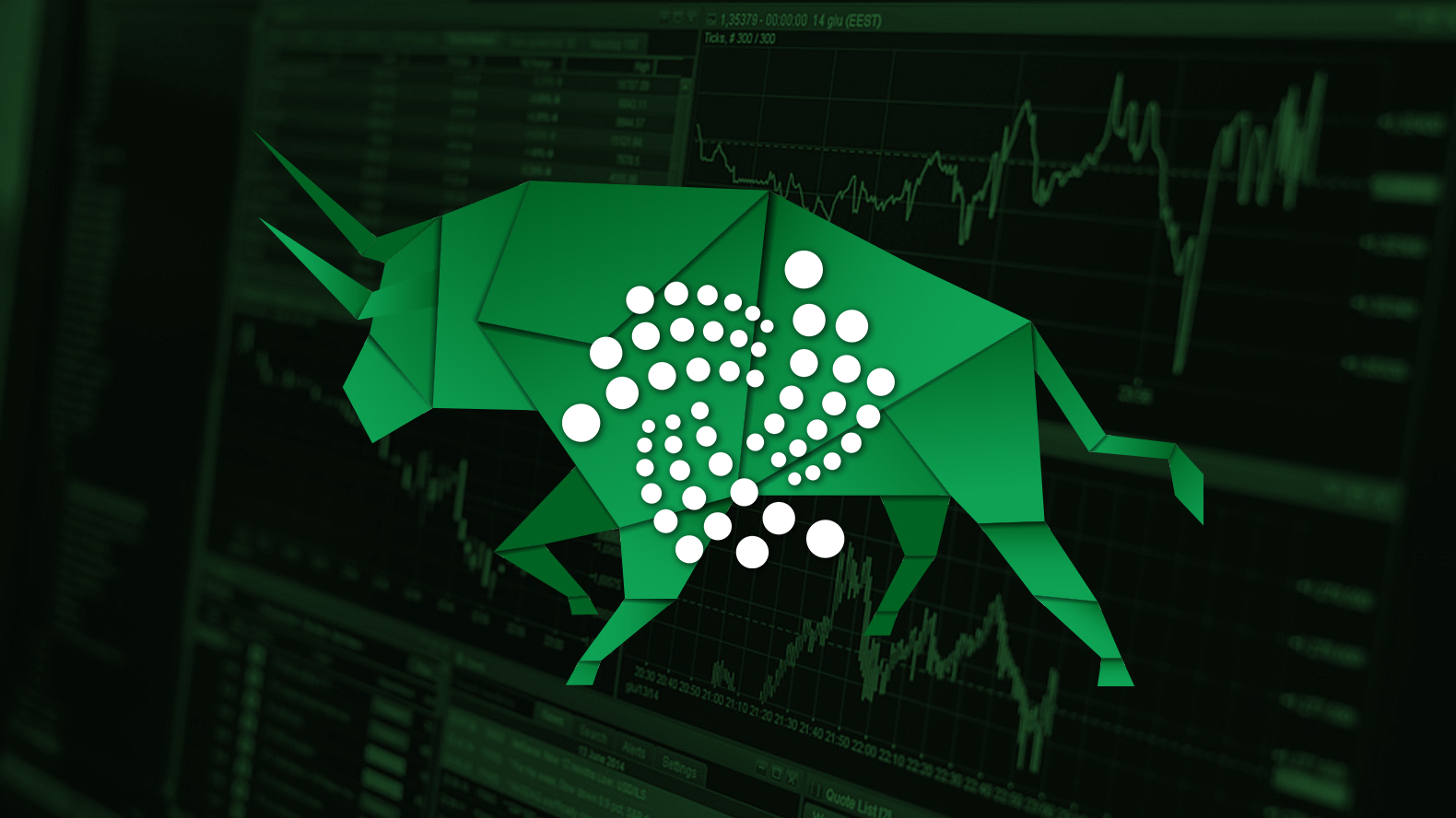

"As such, we suspect the rally in short-dated bonds could go into reverse." "There's a good chance, in our view, that investors are now underestimating how much central bankers will raise rates over the next couple of months," Mathews wrote. In a note to clients on Friday, Thomas Mathews, senior markets economist at Capital Economics, echoed this view, noting the front-end of the Treasury curve now implies the Fed's benchmark interest rate ending 2023 about 2 percentage points below where investors expected just a week ago. "Collapsing bill yields and very high volatility are consistent with the idea that the money fund flows are forcing purchases in specific markets." "Another example is the massive inflow of cash to money market funds this week reported by ICI: total fund assets rose by 2.5% or $121bn, and money funds are forced to put that cash to work adding to short-term interest rate buying pressure," the firm wrote.


In a note to clients on Thursday, analysts at Bespoke Investment Group highlighted how some of the recent volatility in the Treasury market - in particular with shorter-dated Treasuries that tend to be more sensitive to Fed expectations - has likely come from "forced (that is, non-discretionary) buying and selling, and the prices that price-insensitive buyers or sellers agree to are not necessarily incorporating all information available." The Treasury market also remained a source of investor stress with the 10-year yield settling just under 3.4% on Friday, a precipitous drop from the 4% level seen just last week.


 0 kommentar(er)
0 kommentar(er)
